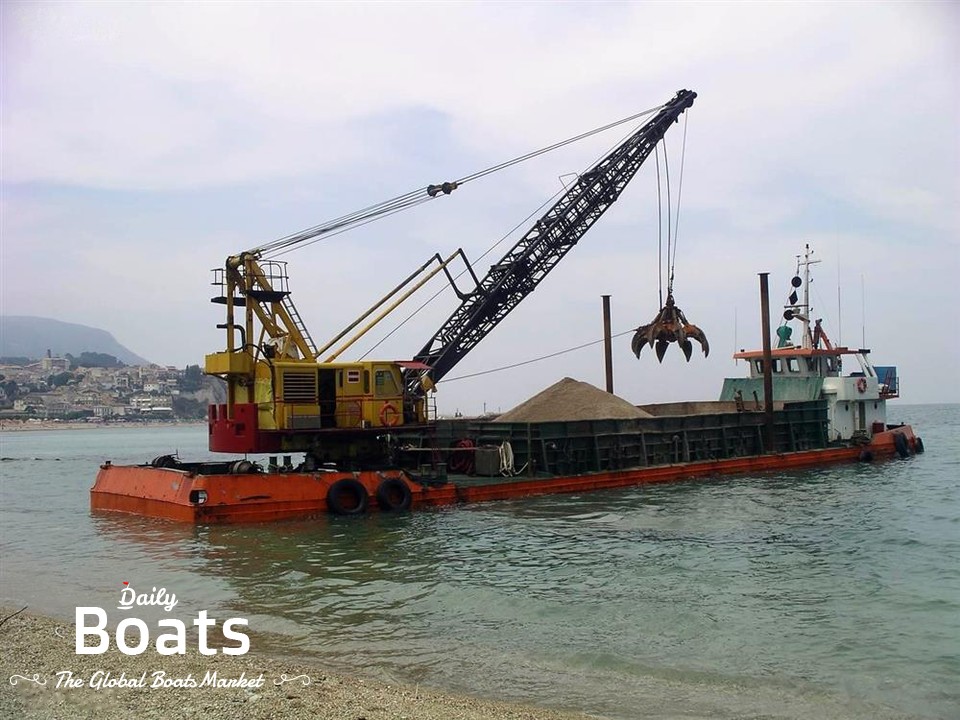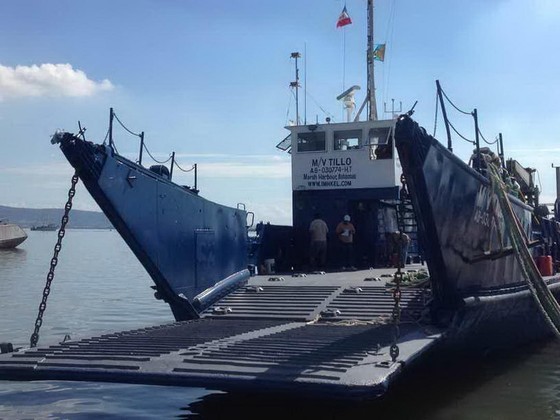Floating cranes

What are floating cranes and how do they work?
Introduction
A floating crane is a type of crane that is supported by a platform that floats on water. The most common type of floating crane is the pontoon crane, which consists of a platform with pontoons or barges attached to it. Floating cranes are used for a variety of tasks, including construction, repair, and maintenance work.
There are many benefits to using a floating crane. They are able to reach areas that traditional cranes cannot, they are more stable and less likely to tip over, and they can be used in both fresh water and salt water environments. There are also some safety concerns to be aware of when operating a floating crane. These include the risk of tipping over if not properly anchored, the risk of collision with other vessels, and the risk of being swept away by strong currents.
If you need to perform any type of construction, repair, or maintenance work in a difficult-to-reach area, then a floating crane may be the best solution for you.
What is a floating crane
How do floating cranes work
A floating crane is a crane that is supported on a platform that floats on water. The most common type of floating crane is the pontoon crane, which consists of a number of pontoons or barges that are connected together to support the crane. Floating cranes are used for a variety of tasks, including construction, loading and unloading ships, and moving heavy objects from one location to another.
The advantage of using a floating crane is that it can be used in locations where it would be impossible to use a traditional crane, such as in shallow water or in areas where the ground is not stable enough to support the weight of a traditional crane. Floating cranes are also much more mobile than traditional cranes, so they can be moved to different locations as needed.
There are some disadvantages to using floating cranes, as well. They are often less stable than traditional cranes, so they can be more difficult to operate. And because they rely on buoyancy to stay afloat, they can be vulnerable to waves and other water conditions.
What are the benefits of using a floating crane
Despite some potential disadvantages, there are many benefits to using floating cranes. One benefit is that they offer greater flexibility in terms of where they can be used. If a project requires a crane to be used in an area with unstable ground or shallow water, a pontoon crane would be the best option. Another benefit is that floating Cranes tend to be more mobile than their terrestrial counterparts – meaning they can easily be transported from one location to another as needed without requiring significant set-up time or costs associated with disassembly/reassembly.
In addition, floating cranes offer a number of safety advantages. Because they are not tethered to the ground, they are less likely to tip over – making them a safer option for both workers and the general public in the vicinity. Additionally, the use of floating cranes can help to avoid potential damage to terrestrial infrastructure (e.g., roads, sidewalks) that can occur when traditional cranes are used.

How is a floating crane used
What are some common applications for floating cranes
Floating cranes are commonly used in a variety of industries and applications, such as construction, shipping, and oil and gas. They offer many benefits over traditional cranes, including the ability to operate in difficult-to-reach areas and the ability to handle very heavy loads.
Some common applications for floating cranes include:
- Construction: Floating cranes can be used for a variety of construction projects, such as building bridges or erecting skyscrapers. They are especially useful in cases where traditional cranes cannot be used, such as when building over water.
- Shipping: Floating cranes are often used in shipyards to load and unload ships. They can also be used to move large pieces of cargo from one vessel to another.
- Oil and gas: Floating cranes are used extensively in the oil and gas industry. They can be used for a variety of tasks, such as installing pipelines and offshore drilling rigs.
Are there any safety concerns with floating cranes
What are some safety tips for operating a floating crane
Operating a floating crane can be dangerous if proper safety procedures are not followed. Here are some safety tips to keep in mind when operating a floating crane:
- Always maintain a safe distance from the edge of the platform or dock where the crane is positioned.
- Do not overload the crane beyond its capacity.
- Be aware of wind conditions and adjust accordingly.
- Make sure all workers involved in the lifting process are properly trained and aware of potential hazards.
- Inspect the crane and lifting equipment before each use.
Conclusion
A floating crane is a type of crane that is supported by pontoons or barges. This allows the crane to work over water, which is ideal for applications where land-based cranes can't reach. Floating cranes are commonly used for construction, maritime, and oil and gas applications.
There are some safety concerns associated with floating cranes, but following some basic safety tips can help prevent accidents. Common sense and careful planning are key to operating a safe and successful floating crane operation.







